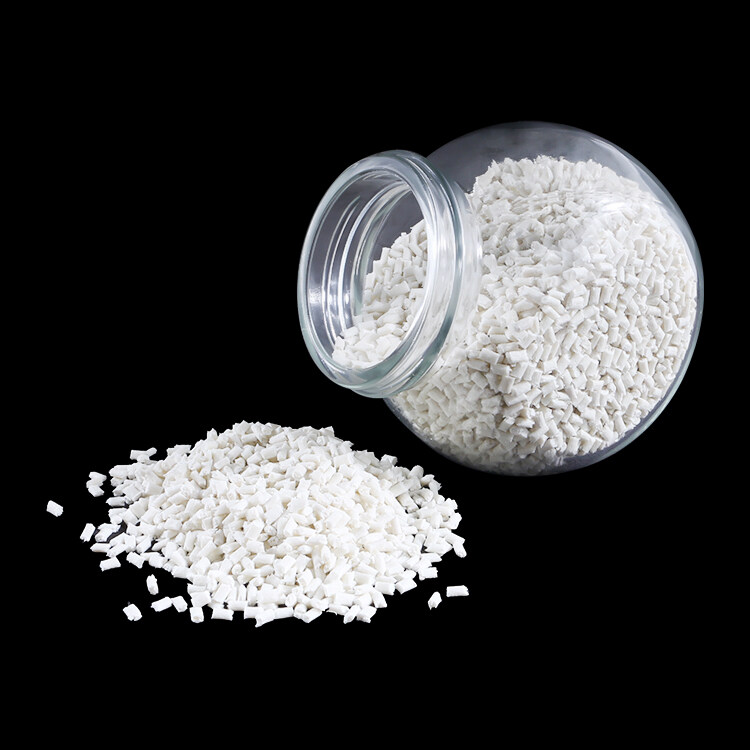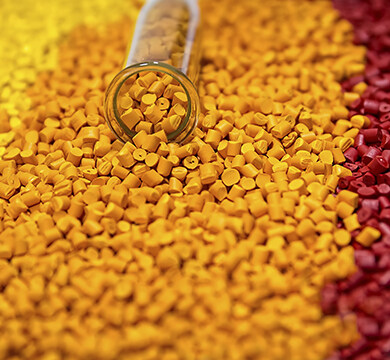Erreur de format d'e-mail
emailCannotEmpty
emailDoesExist
pwdLetterLimtTip
inconsistentPwd
pwdLetterLimtTip
inconsistentPwd

Offer Technical Support and Customized Solutions
The company is committed to creating new and improved plastic materials to meet the evolving demands of the market.

Understanding the Distinctive Qualities of PA6 and PA66 for your Business Needs
Nylon 66 or PA66?
Introduction:
When it comes to high-performance polymers, PA6 and PA66 stand out as popular choices in various industries. Understanding the differences between these two materials is crucial for making informed decisions regarding production, sourcing, and customization. In this article, we will delve into the physical characteristics, product performance, and applications of PA6 and PA66, and explore how they can benefit your business. Whether you are an agency, manufacturer, distributor, or sourcing agent, read on to discover the unique features that PA6 and PA66 offer.
Physical Characteristics:
What is nylon 6 made of? PA6, also known as Nylon 6, is a polyamide derived from caprolactam. On the other hand, PA66, or Nylon 66, is a polyamide synthesized from hexamethylenediamine and adipic acid. Compared to PA6, PA66 boasts a 12% higher rigidity, although both materials share similar chemical and physical properties. PA6 has a lower melting point and a wider processing temperature range. It demonstrates superior impact resistance and solvent resistance, albeit with higher moisture absorption. PA66, being a semi-crystalline material, exhibits a higher melting point and maintains strong strength and stiffness even at elevated temperatures.
Product Performance:
PA6 offers excellent thermal stability and high heat resistance. It outperforms PA66 in terms of impact resistance, solvent resistance, material dimension stability, as well as surface quality and anti-warping capabilities. PA66, on the other hand, excels in abrasion resistance, high impact resistance, and material dimension stability.
Applications:
PA6 finds widespread applications in automotive components, mechanical parts, electronic products, and various engineering accessories. Its versatility makes it suitable for a wide range of industries. On the other hand, PA66 is extensively used in the automotive industry, instrument casings, and other products requiring high impact resistance and strength. Examples include marine propellers, gears, rollers, pulleys, impellers in pump bodies, fan blades, high-pressure seals, valve seats, gaskets, bushings, handles, support brackets, wire insulation, and more.
Customization and Services:
For businesses seeking tailored solutions, there is a range of agencies, manufacturers, and suppliers that specialize in PA6 and PA66 customizations in nylon 6 market and nylon 66 market. These agencies offer bespoke services, including design, fabrication, white-label production, private labeling, and customized solutions. They cater to diverse requirements and provide expert engineering and development services. Additionally, outsourcing, sourcing agents, supply chain management, and trading services are available for PA6 import/export needs, ensuring a seamless and efficient procurement process.
Conclusion:
PA6 and PA66 offer distinct advantages based on their physical characteristics, product performance, and applications. Understanding these differences is crucial for businesses in the market for high-performance polymers. Whether you are an agency, manufacturer, distributor, or sourcing agent, exploring the capabilities of PA6 and PA66 can help you make informed decisions, choose the right suppliers, and unlock new opportunities for customization and growth in various industries.
https://www.toponew.com/products/pa6-compound

